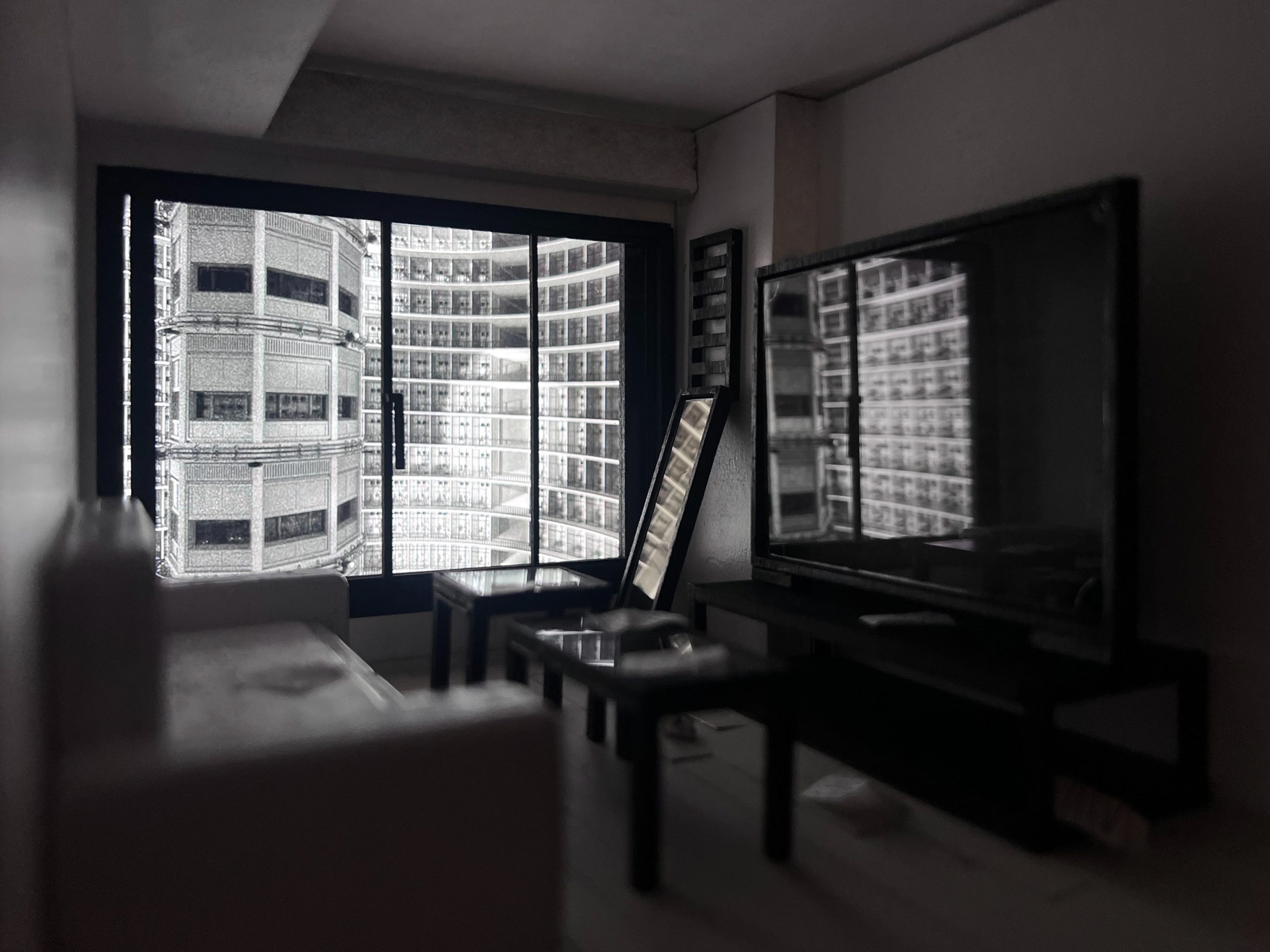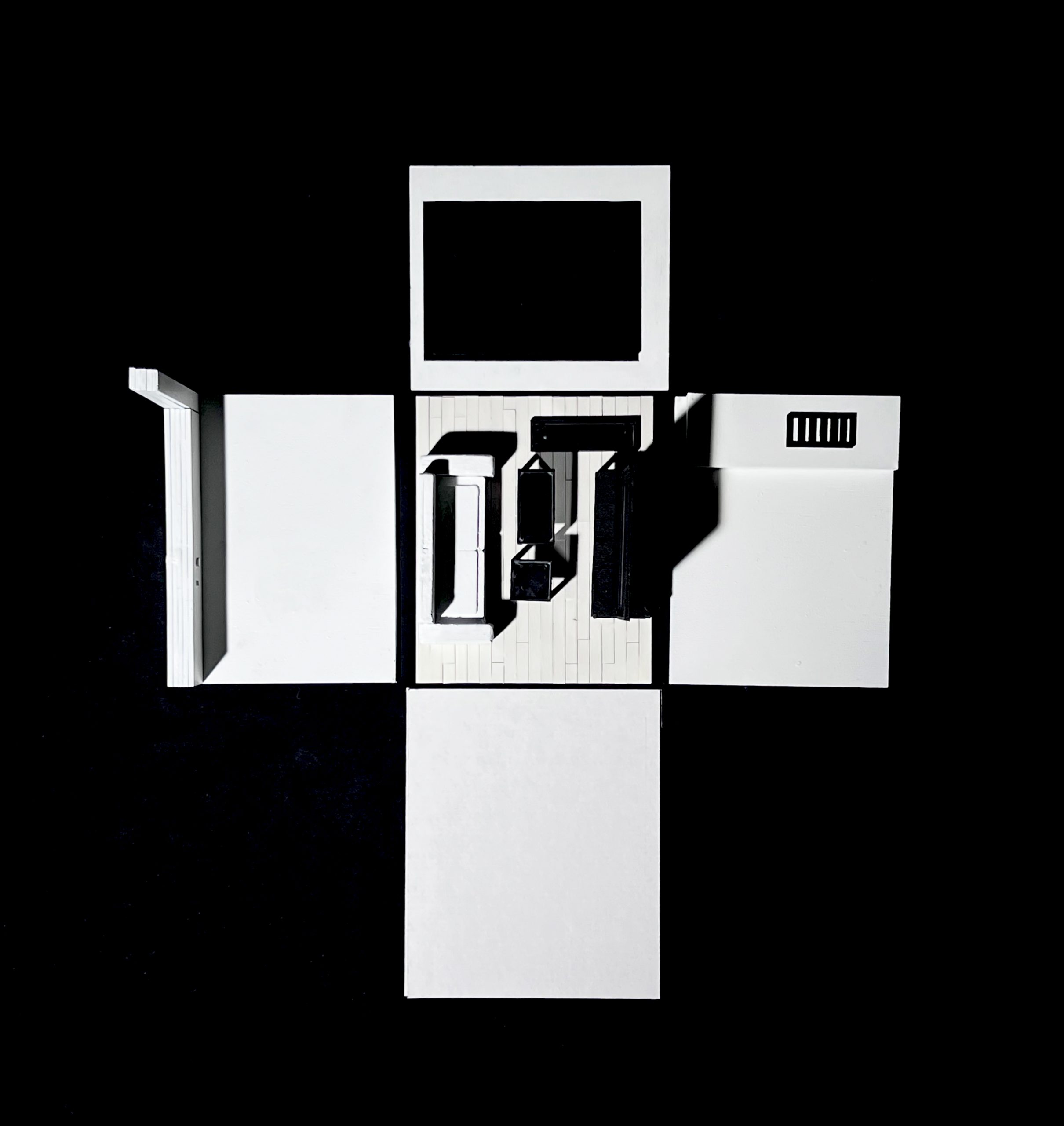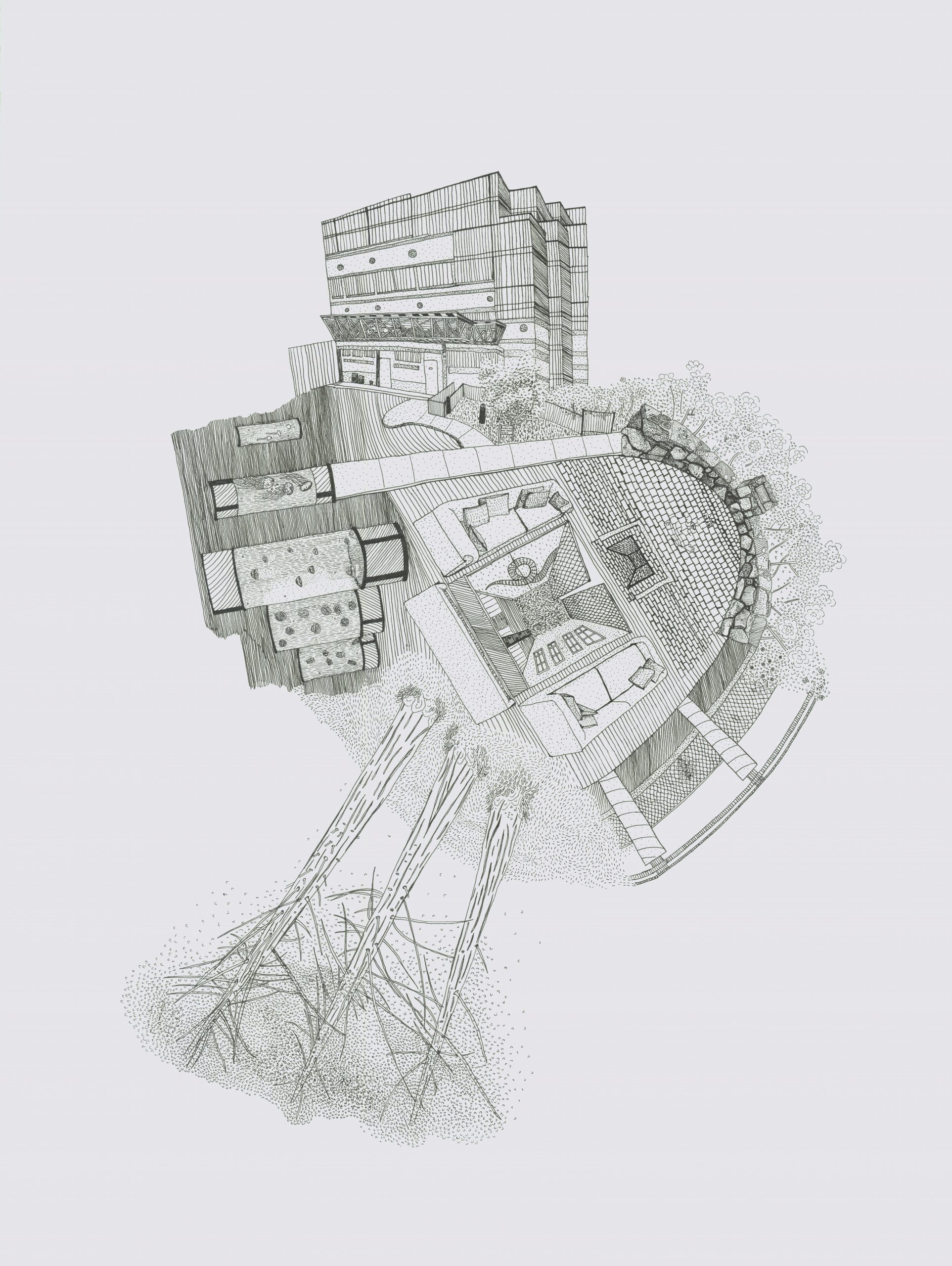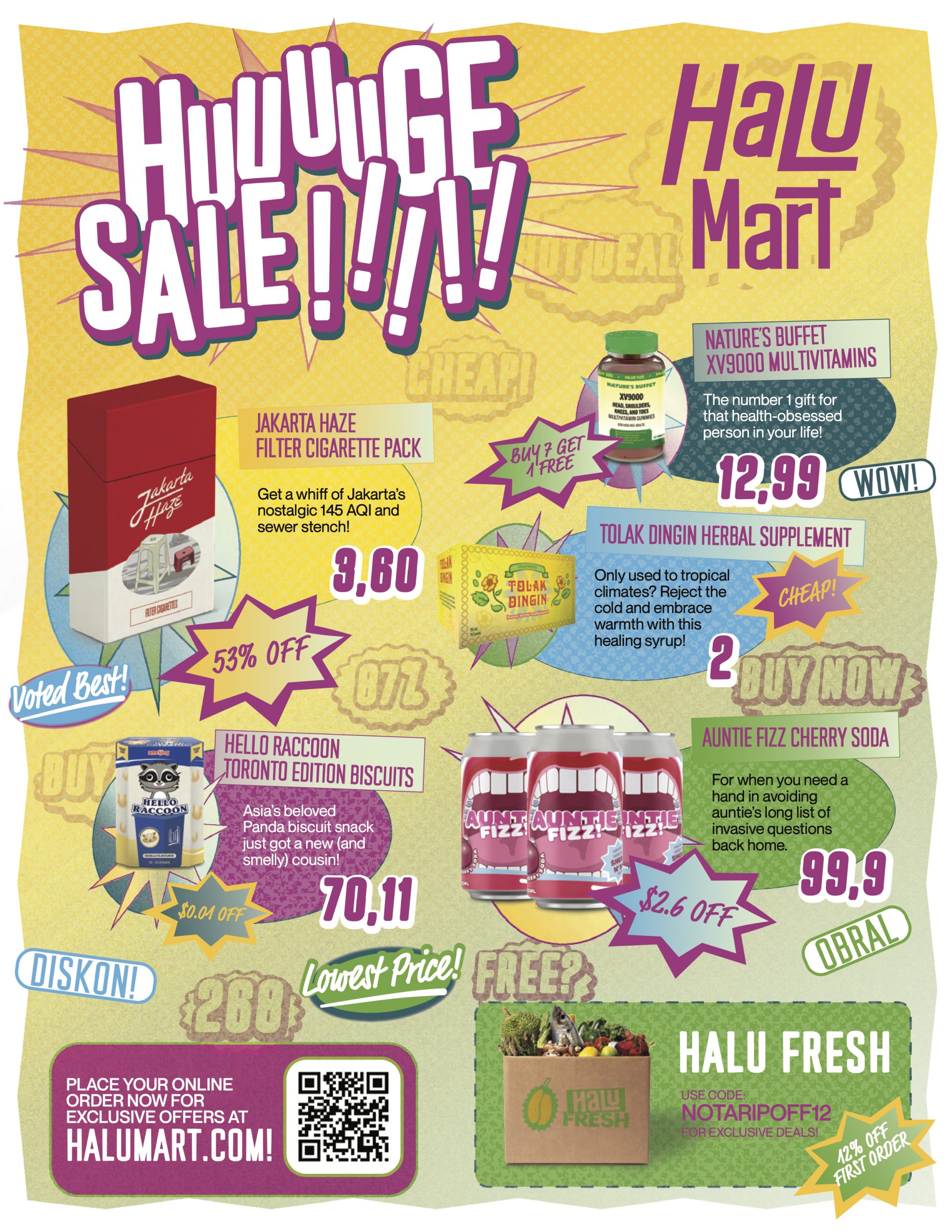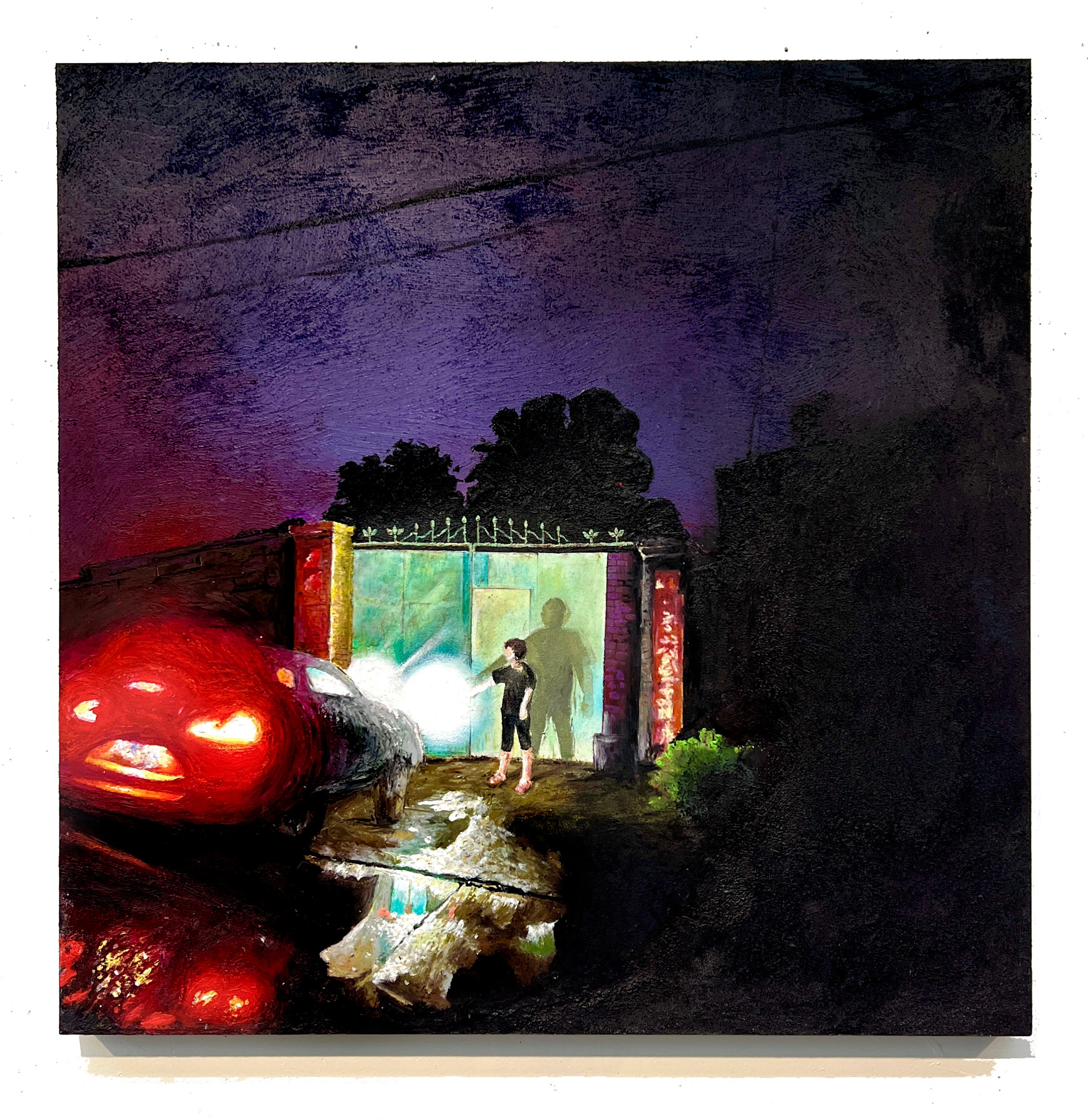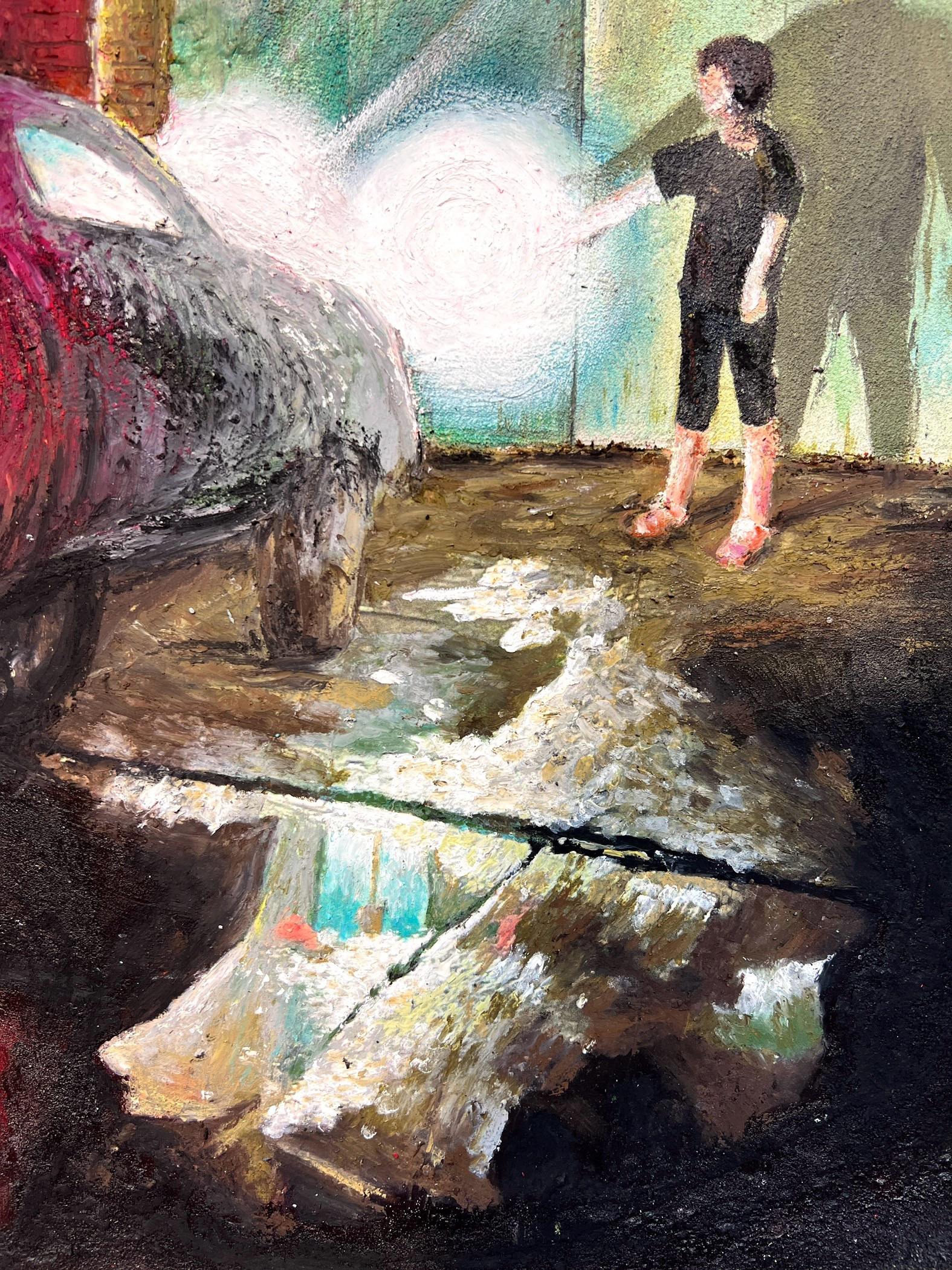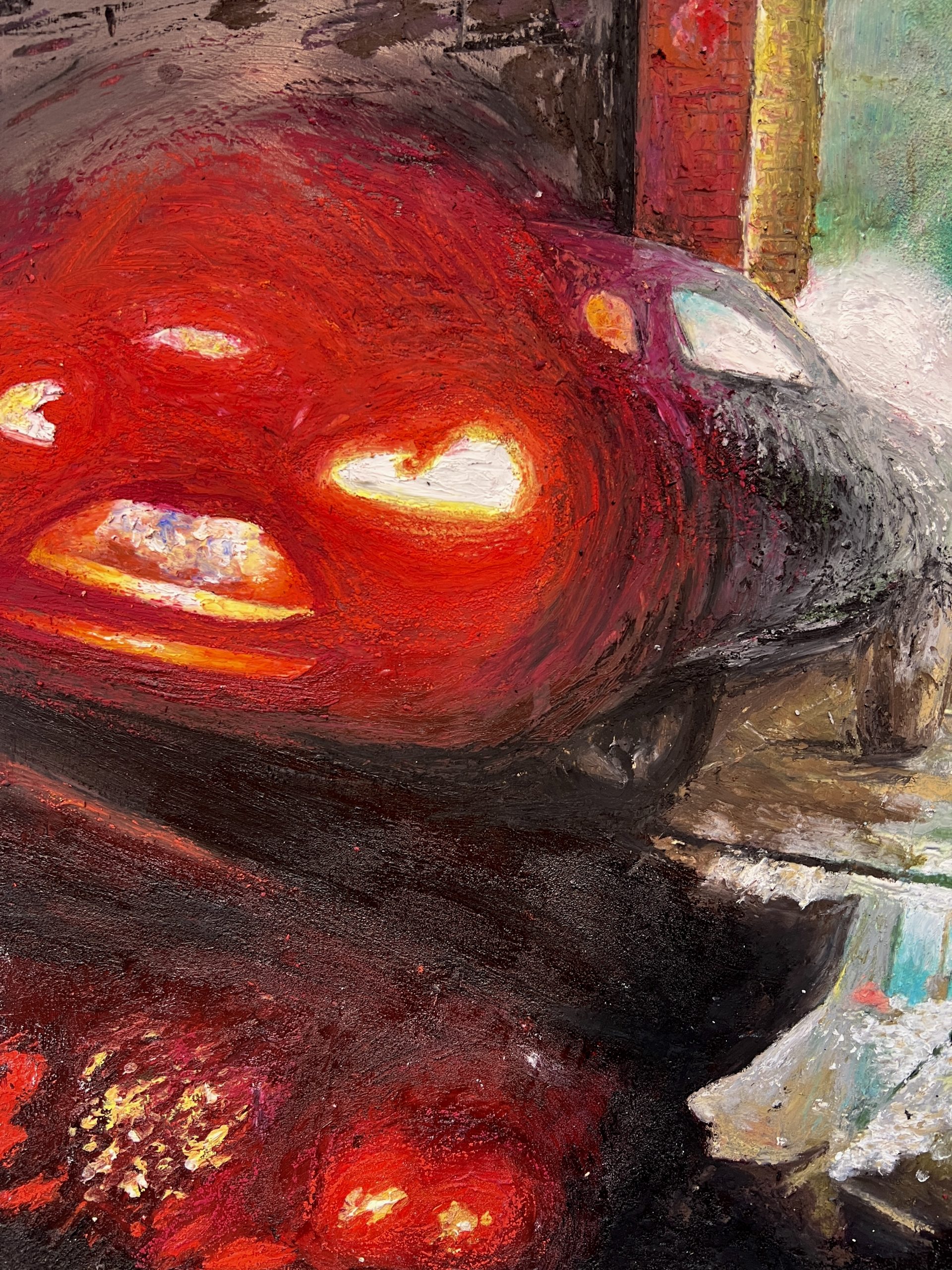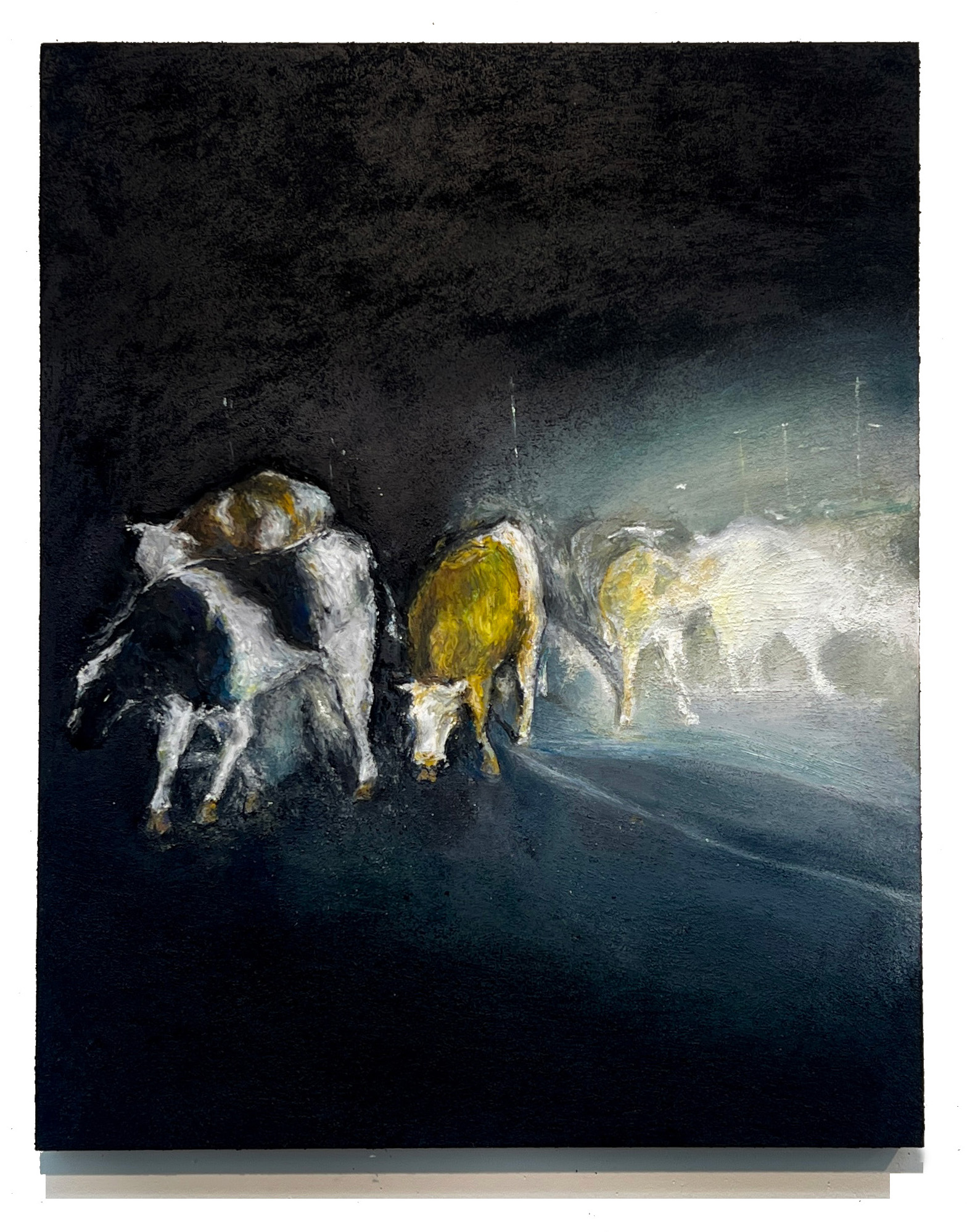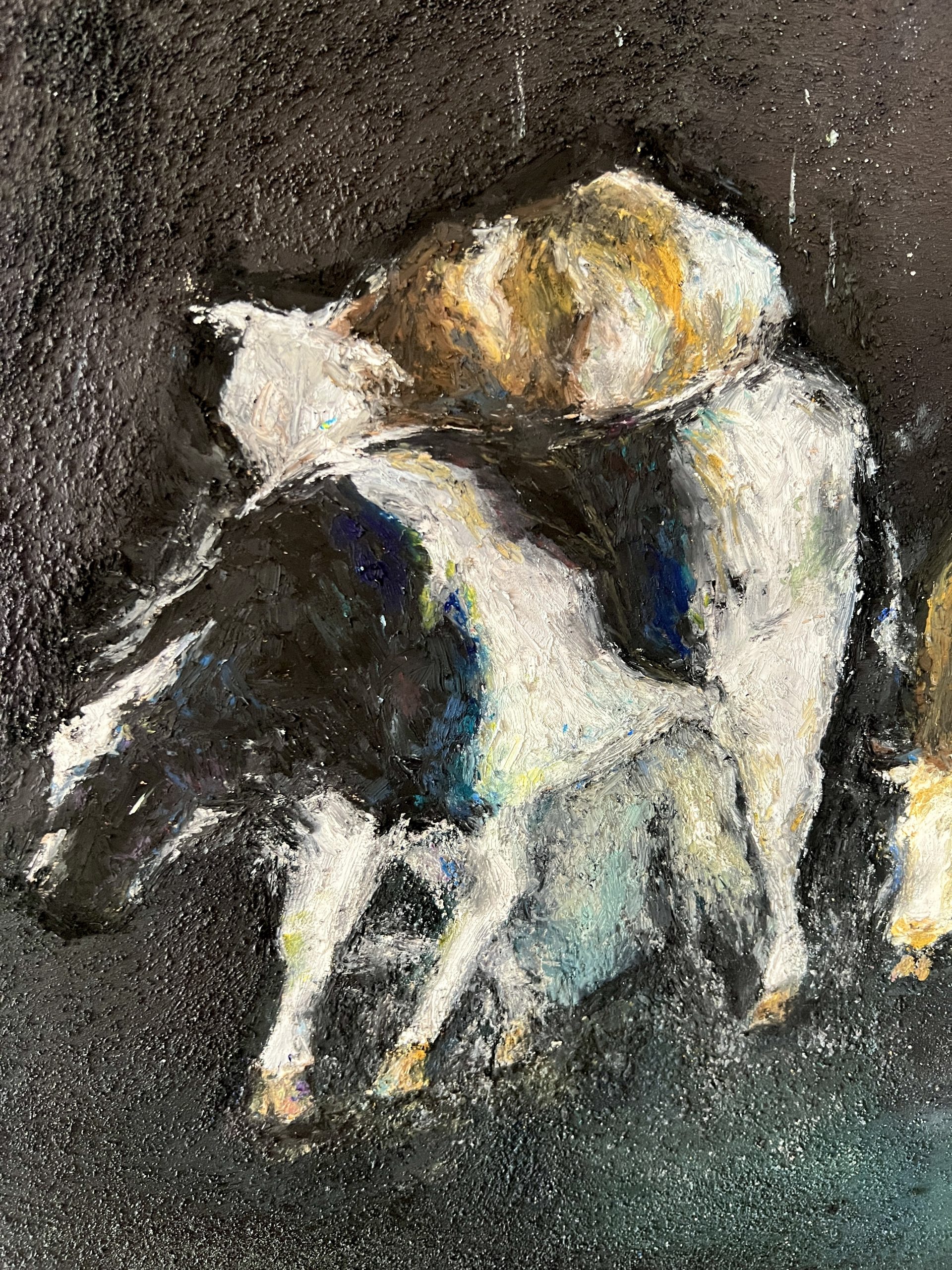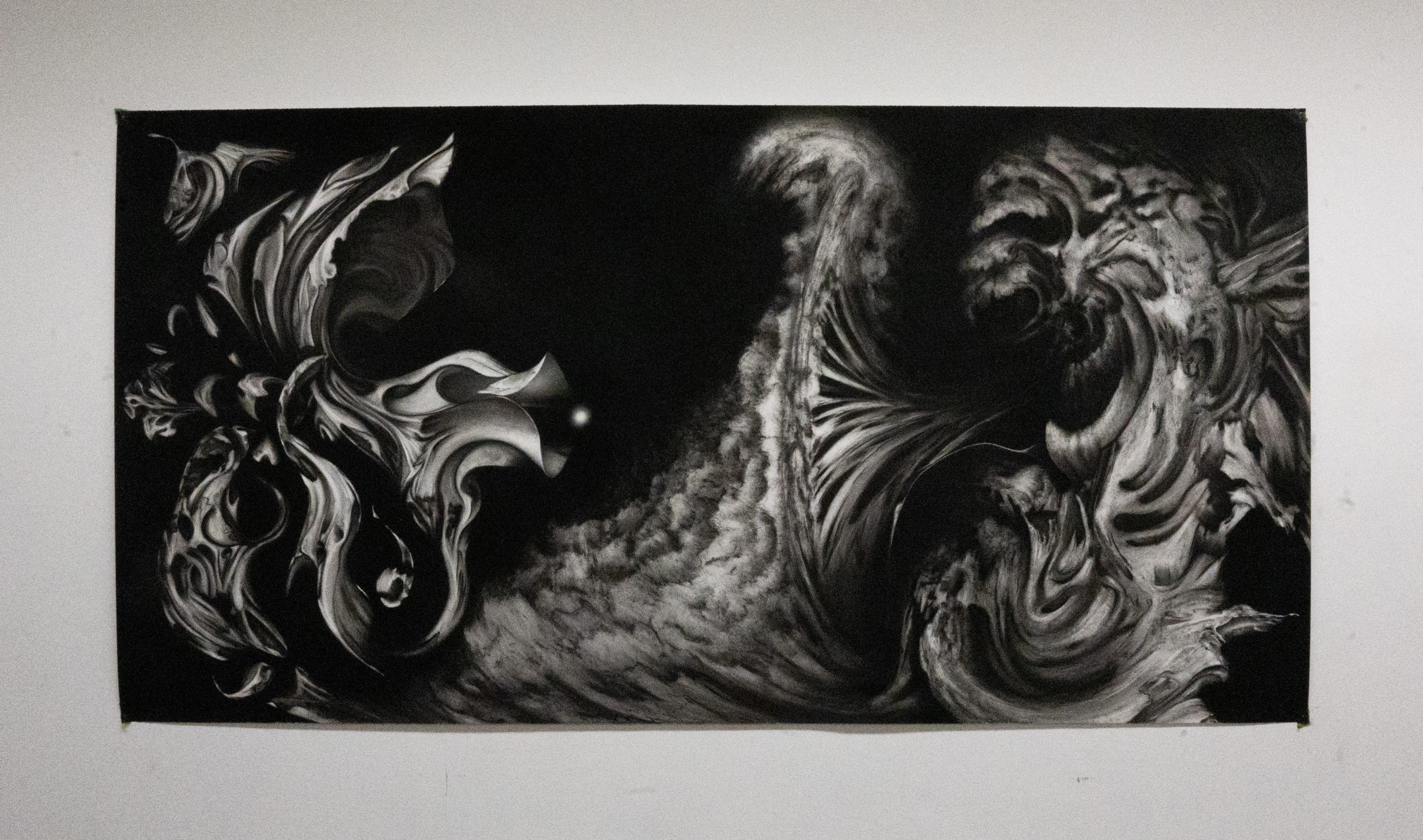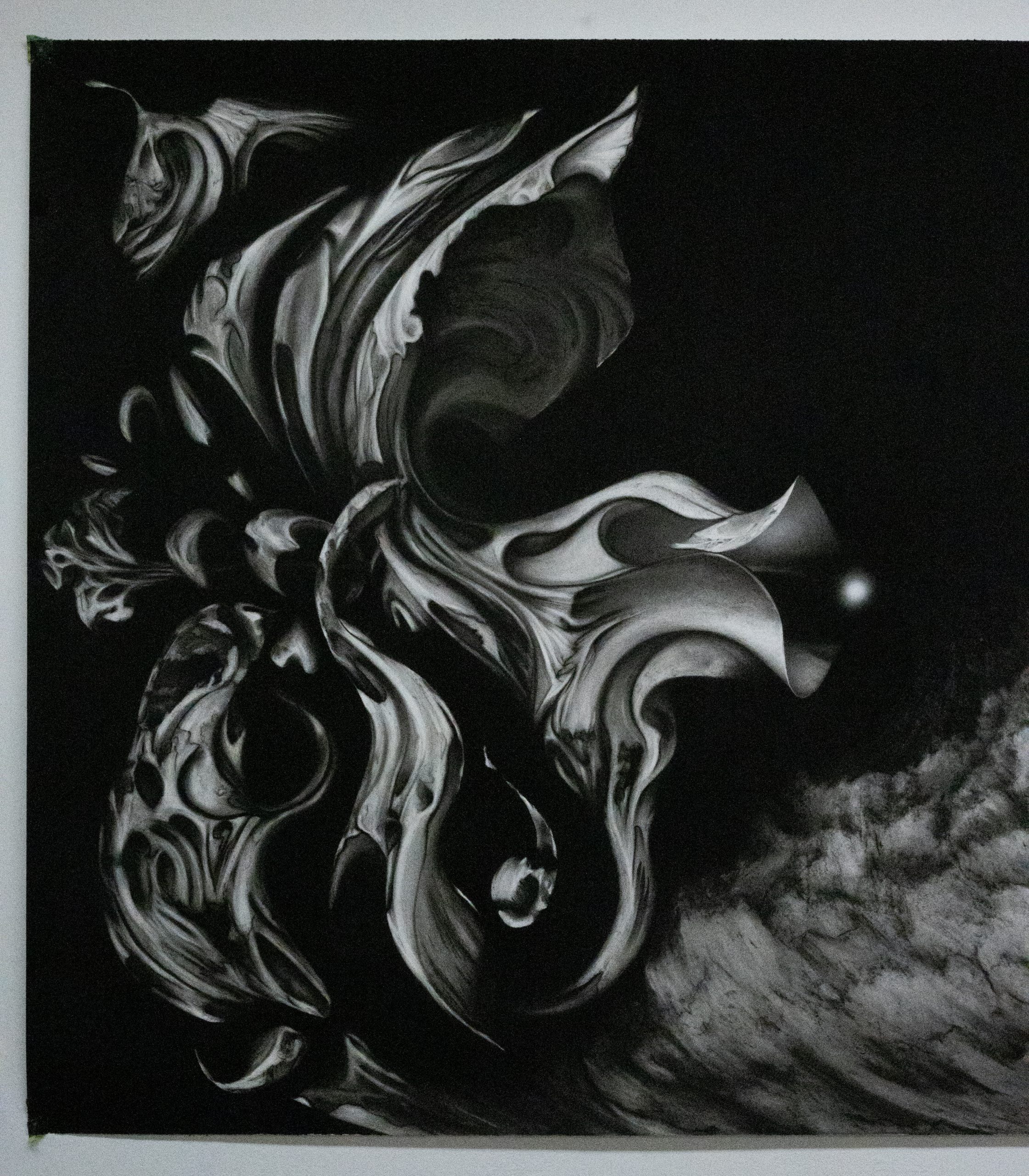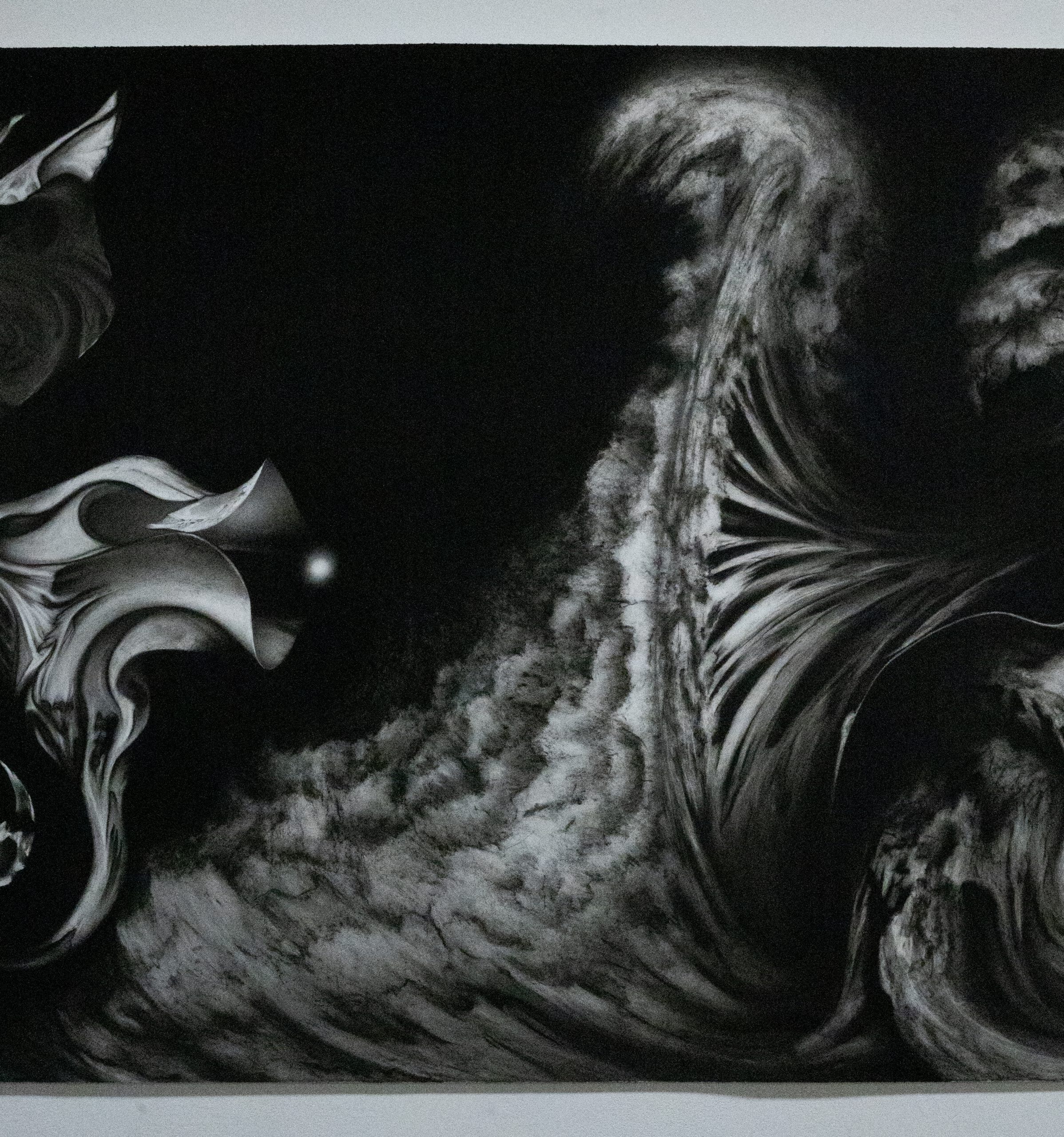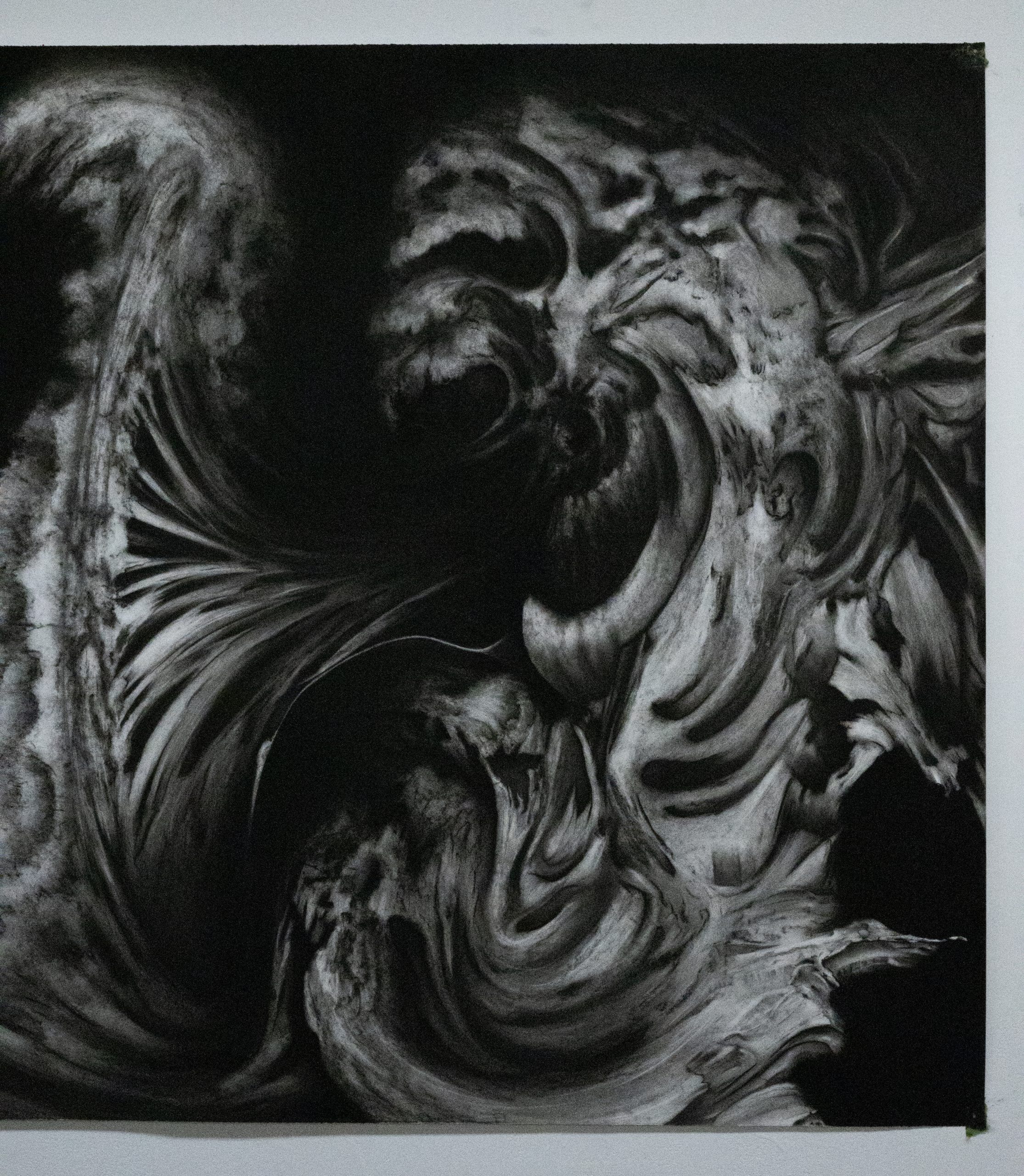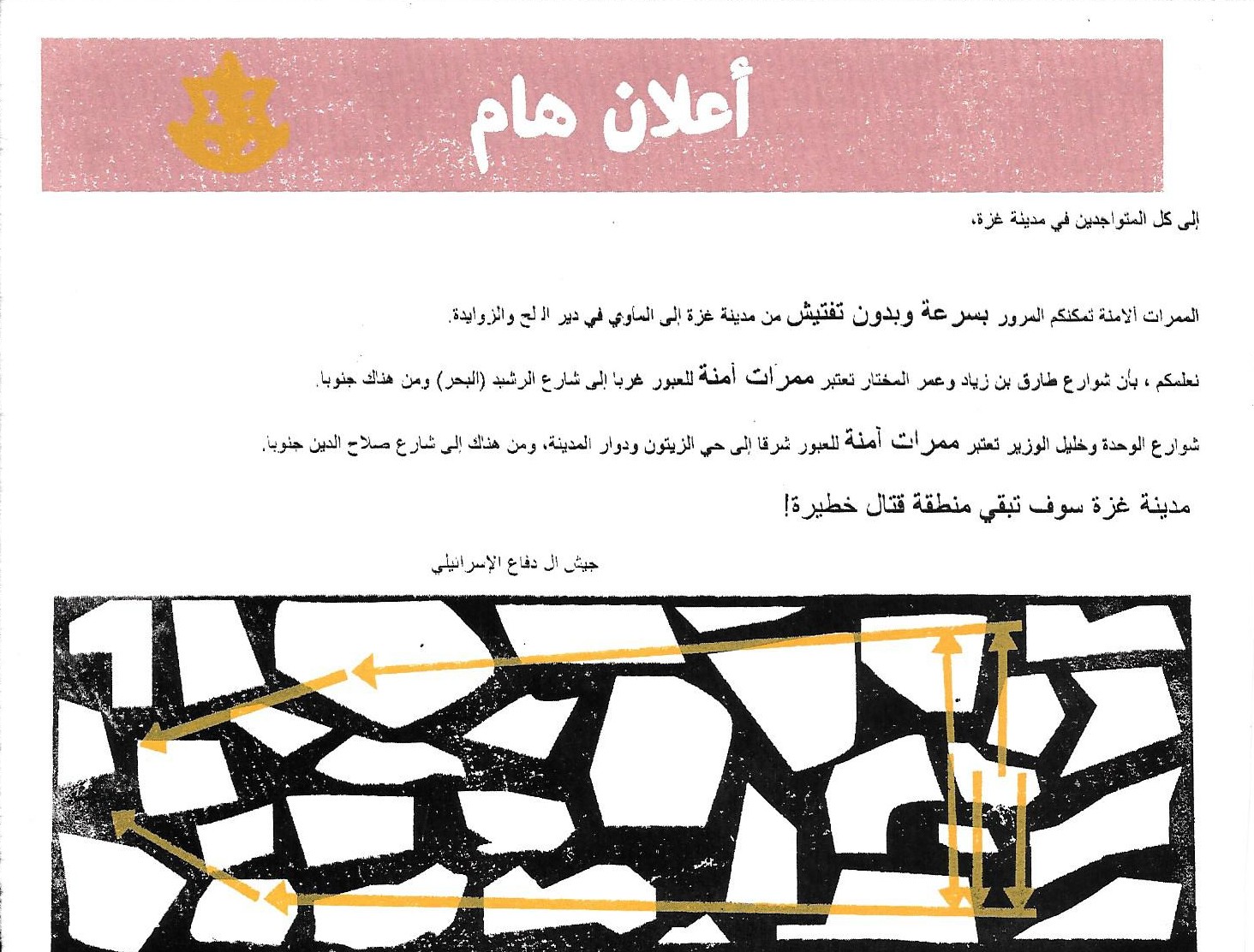2025 Shelley Peterson Student Art Exhibition
An annual exhibition celebrating the diverse artistic excellence of undergraduate students enrolled in visual studies programs across the University of Toronto’s three campuses.
Guest curated by Kate Whiteway
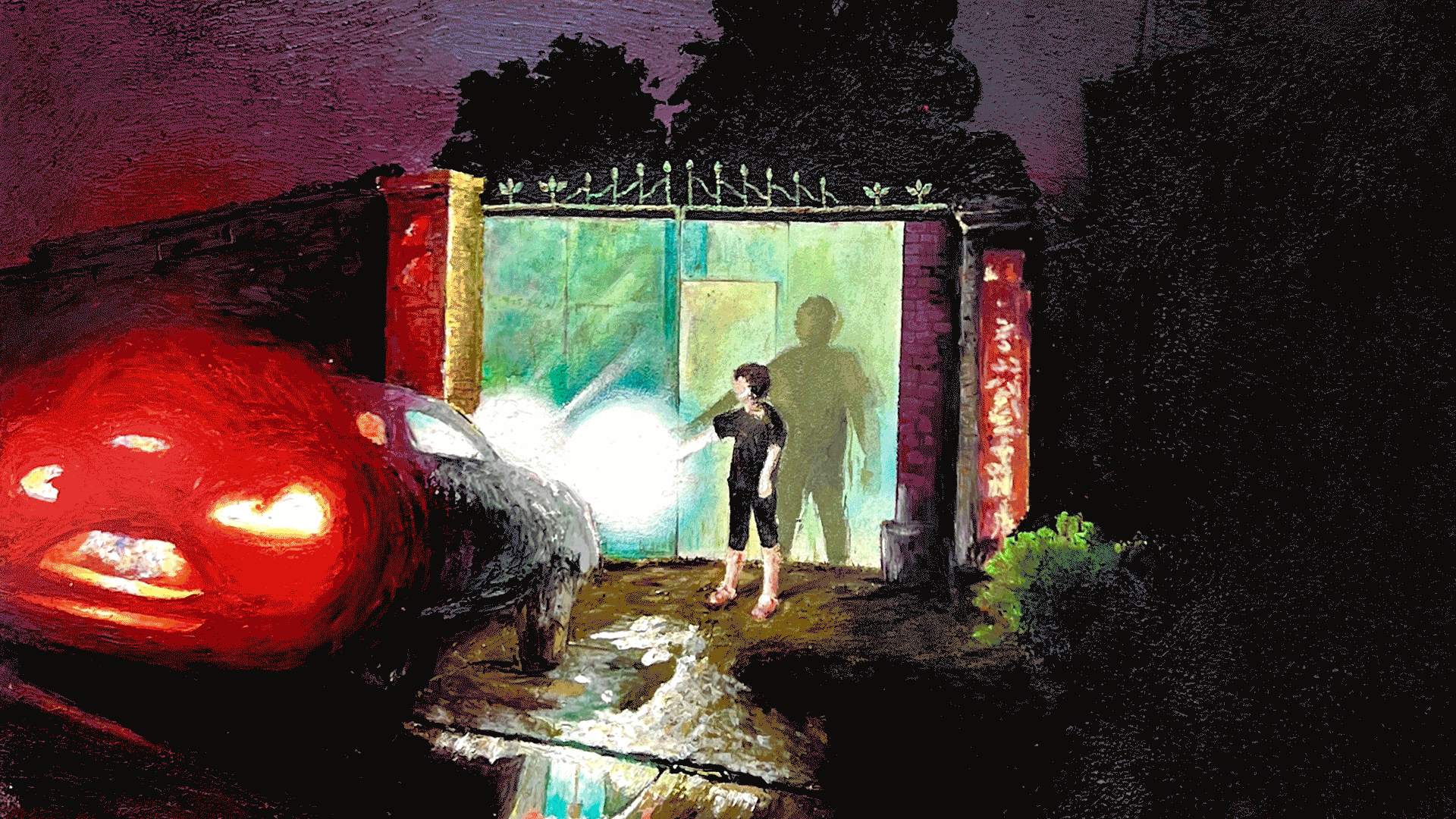
Works by
Maria Abu Askar, Petra Biddle-Gottesman, Shelly Chen, Abdal-Rahman Mohammed, Alice Zixuan Niu, Aubrey Emelia Pratama, Chubi Shaibu, Kodi Ume-Onydio, Molly Wang, Leo Dong Yiliang
Award Winners
Leo Dong Yiliang, Alice Niu, Abdal-Rahman Mohammed
The University of Toronto Shelley Peterson Student Art Exhibition is an annual exhibition celebrating the diverse artistic excellence of undergraduate students enrolled in visual studies programs from across the University of Toronto’s three campuses.
As an alumna of the Master of Visual Studies in Curatorial Studies program, I am happy to guest curate this year’s exhibition. This iteration of the exhibition is the fifth to take place virtually and is composed of a selection of 11 works from 221 submissions across the three University of Toronto campuses.
I am grateful for the support of Art Museum staff, in particular Barbara Fischer, Noa Bronstein, and Marianne Rellin. I would also like to acknowledge our wonderful juror Kate Wong, copyeditor Hana Nikčević, and professors Gareth Long, John Armstrong, Alexander Irving, and Sanaz Mazinani. I sincerely congratulate all the students and hope you enjoy the exhibition.
— Kate Whiteway, 2025 Shelley Peterson Student Art Exhibition guest curator
The Artworks
Leo Dong Yiliang, Summer Hawaii, 2024. Video, 10:29mins. Courtesy of the artist.
Award Winner
Leo Dong Yiliang
Summer Hawaii
2024
video, 10:29 mins
Download Summer Hawaii project description (PDF).
Campus: Scarborough
Fourth Year, Studio Art
Leo Dong Yiliang’s Summer Hawaii explores the contemporary landscape of information as seen through the various aesthetics, rhythms, and worldviews of conspiracy theories.
Kodi Ume-Onydio
Leased Surveillance
2024
digital collage, plywood, Plexiglas, spray paint, photograph
Campus: St. George
Fourth Year, Architectural Studies; Visual Studies
Kodi Ume-Onydio created Leased Surveillance by measuring the dimensions of his apartment’s living room, recreating it as a to-scale miniature model, and photographing the model.
Molly Wang
Open the microwave to heat
2024
photograph, 29.5″ x 24″
Campus: Scarborough
Fourth Year, Studio Art
Molly Wang similarly uses strategies of to-scale modelling and photography in her work Open the microwave to heat.
Petra Biddle-Gottesman
What if we kissed at…
2024
pen ink on paper, 22.5″ x 30″
Campus: St. George
Second Year, Immunology; Diaspora and Transnational Studies; Visual Studies
Petra Biddle-Gottesman also creates a simulated or imagined version of real, physical space.
Shelly Chen, The Positivity Factory, 2024. Video, 01:35mins. Courtesy of the artist.
Shelly Chen
The Positivity Factory
2024
video, 01:35 mins
Campus: Scarborough
Fourth Year, Studio Art; Media and Communication Studies
Shelly Chen’s The Positivity Factory segregates employees from one another and assigns them the jobs that best suit their skills and mood.
Aubrey Emelia Pratama
Halu Mart
2025
digital design, website, sculpture
Campus: Mississauga
Fourth Year, Art & Art History; Communication, Culture, Information & Technology
Aubrey Emelia Pratama continues the theme of fabulation in her imaginary online grocery store.
Award Winner
Alice Niu
A Sudden Stop
2024
acrylic and oil pastel, 30″ x 24″
Alice Niu
Mama
2024
acrylic and oil pastel, 30″ x 30″
Campus: St. George
Fourth Year, Architectural Studies; Visual Studies
Alice Niu’s arresting paintings suspend fleeting moments of intensity where light and movement push up against the edges of the night.
Award Winner
Abdal-Rahman Mohammed
Sacrum Mnemonic
2024
charcoal, 48″ x 96″
Campus: Mississauga
Third Year, Art & Art History
Abdal-Rahman Mohammed’s work, Sacrum Mnemonic, derives its impact from its scale.
Maria Abu Askar
403 Days
2024
printed book
Campus: Mississauga
Second Year, Art & Art History
Maria Abu Askar has, like Aubrey Pratama and Leo Dong Yiliang, created a meta-narrative as the basis of her work.
Chubi Shaibu, Robot I, 2024. Kinetic sculpture. Courtesy of the artist.
Chubi Shaibu
Robot I
2024
kinetic sculpture
Campus: Scarborough
Fourth Year, Studio Art
Chubi Shaibu’s kinetic sculpture Robot I represents a high heel in motion.
Juror’s Remarks
This year, the three award winners of the Shelley Peterson Student Art Exhibition share a dedication to craft and a fluency in their chosen mediums: charcoal on paper, acrylic and oil pastel on canvas, and video and interventionist art. Their works, while different, all exhibit a thoughtful relationship between concept and materiality and effectively convey ideas and critical positions.
Alice Niu’s figures exist at the uncanny boundary between contemporary urban and rural life. Niu creates moments frozen in time and charged with emotional and psychological resonance through deft layering and subtle modulations of light and colour. Leo Dong Yiliang’s Summer Hawaii is a work of media archaeology that parses religion, language, music subcultures, and artificial intelligence to subvert the circulation of information, belief systems, and notions of truth in the media age. It is difficult to resist reading an allegory of current times into Abdal-Rahman Mohammed’s large-format work on paper. The composition—merging digitally influenced forms with organic, wave-like shapes—is imbued with movement and a kind of sweeping, apocalyptic intensity.
Art provides a way of understanding the present zeitgeist. The work of this year’s award winners allows the past to dovetail with the present, questioning their binary relationship. These practices suggest that the intensity of the world we share may be better channeled if we hone our ability to interpret and sit with its complexities. Dark times require us to dig deeper, and so deeper we will go.
Congratulations to this year’s winners, the artists in the exhibition, and all who submitted work. It was a pleasure to review your contributions.
—Kate Wong, Independent Curator & Writer
Remarks from Barbara Fischer
The annual Shelley Peterson Student Art Exhibition celebrates the creativity and artistic excellence of undergraduate students in the Visual Arts programs at the University of Toronto’s St. George campus, UTSC, and the Art & Art History program jointly offered by UTM and Sheridan College.
The Art Museum congratulates the 2025 award winners Leo Dong Yiliang, Alice Niu, and Abdal-Rahman Mohammed, as well as all of the artists selected this year for their illuminating visual insights into contemporary concerns. The three awards were adjudicated by Kate Wong, independent curator. Curated by University of Toronto alumna Kate Whiteway, this digital exhibition was produced in collaboration with faculty members Gareth Long, Alexander Irving, and John Armstrong.
We gratefully acknowledge the continued support of the Honourable David Peterson, former Chancellor of the University of Toronto, and his wife, the actress and writer Shelley Peterson, for whom the award is named. For their support of the exhibition and digital publication, we also thank the Office of the Vice-President & Provost.
— Barbara Fischer, Executive Director/Chief Curator, Art Museum at the University of Toronto

